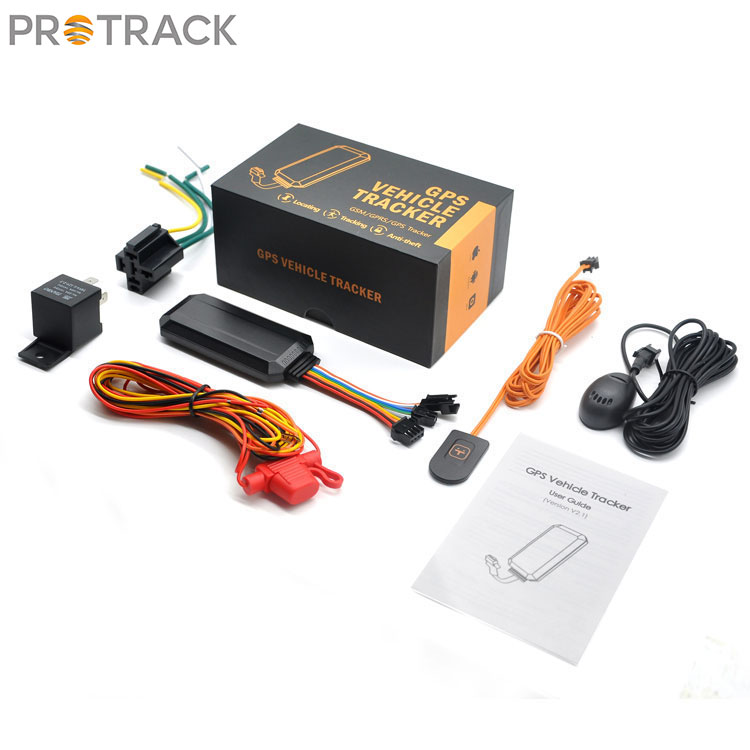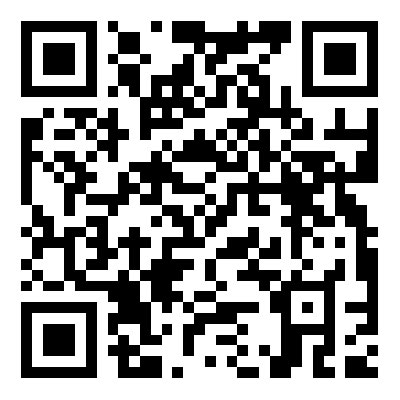Exploring Geofencing Capabilities of Real-Time Tracking GPS Trackers
2024-05-13
In our ever-connected world, the demand for real-time tracking solutions has surged. Whether it's for fleet management, personal safety, or asset monitoring, the ability to pinpoint location data in real-time is invaluable. Among the myriad features offered by GPS trackers, geofencing stands out as a powerful tool for defining virtual boundaries and receiving alerts when those boundaries are breached. But does every real-time tracking GPS tracker offer geofencing capabilities, and how customizable are these boundaries? Let's delve into the world of geofencing and its application in GPS tracking technology.
Understanding Geofencing
Geofencing is a location-based service that allows users to define virtual perimeters around real-world geographical areas. These virtual boundaries can be customized to suit specific needs, whether it's around a building, a neighborhood, or a city. When a GPS-equipped device enters or exits these predefined areas, geofencing software triggers notifications or actions, providing valuable insights and enhancing security measures.
Geofencing in Real-Time Tracking GPS Trackers
Many modern real-time tracking GPS trackers do offer geofencing capabilities as part of their feature set. These trackers typically come equipped with GPS receivers and cellular or satellite communication technology, enabling continuous location monitoring and transmission of data to a central server or a user's mobile device.
Customization of Geofencing Boundaries
The degree of customization for geofencing boundaries can vary depending on the specific GPS tracker and accompanying software platform. Here are some key aspects to consider regarding the customization of geofencing boundaries:
1. Boundary Shape and Size: Most GPS tracking platforms allow users to define geofencing boundaries in various shapes, including circles, rectangles, polygons, or custom shapes. Additionally, users can typically adjust the size of these boundaries to fit their specific needs, whether it's a small area around a building or a larger zone encompassing an entire region.
2. Multiple Geofences: Advanced GPS tracking solutions often support the creation of multiple geofences, allowing users to monitor several areas simultaneously. This capability is particularly useful for businesses managing multiple locations or individuals tracking assets across different areas.
3. Time-Based Geofencing: Some GPS tracking platforms offer the option to set time-based geofences, which activate or deactivate at specific times or on certain days of the week. This feature enables users to implement dynamic geofencing rules tailored to specific schedules or events.
4. Alerts and Notifications: Customization extends to the types of alerts and notifications triggered by geofence events. Users can typically choose to receive alerts via SMS, email, or push notifications on their mobile devices. They can also specify who receives these alerts, ensuring that the right personnel are notified promptly.
5. Integration with Other Systems: For businesses and organizations with existing software systems, integration capabilities are essential. Many GPS tracking platforms offer APIs (Application Programming Interfaces) or integrations with other software solutions, allowing for seamless data sharing and automation of processes based on geofence events.
Conclusion
In conclusion, real-time tracking GPS trackers do indeed offer geofencing capabilities, and the level of customization for these boundaries can be quite extensive. From defining boundary shapes and sizes to setting up multiple geofences and integrating with other systems, users have the flexibility to tailor geofencing rules to suit their specific requirements. Whether it's enhancing security measures, optimizing logistics operations, or ensuring compliance with regulatory requirements, geofencing remains a valuable feature in the arsenal of modern GPS tracking technology. As the technology continues to evolve, we can expect further innovations and enhancements in geofencing capabilities, empowering users with even greater control and flexibility in managing their assets and resources.



